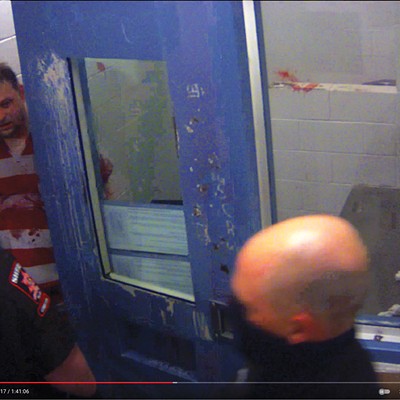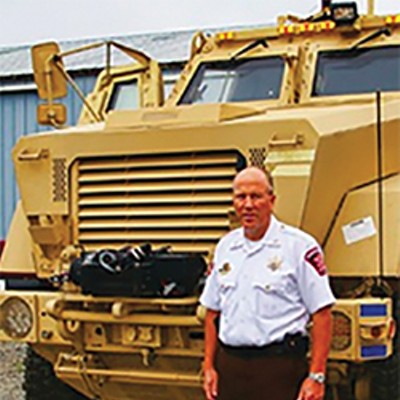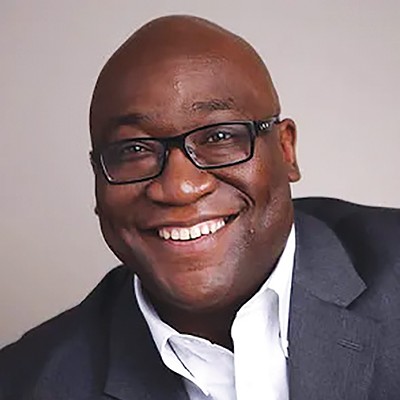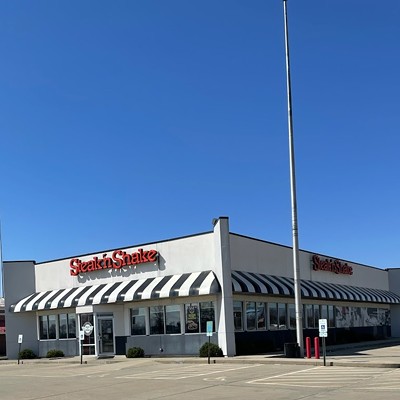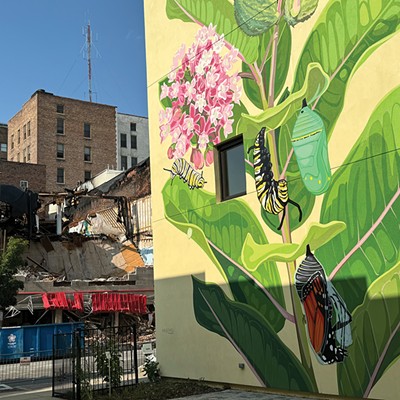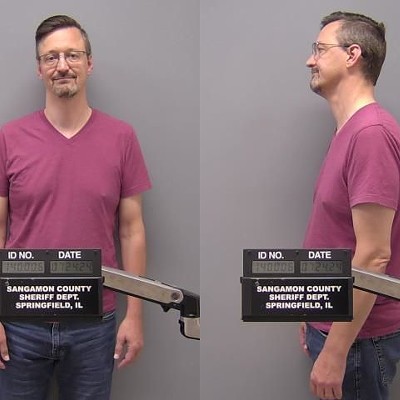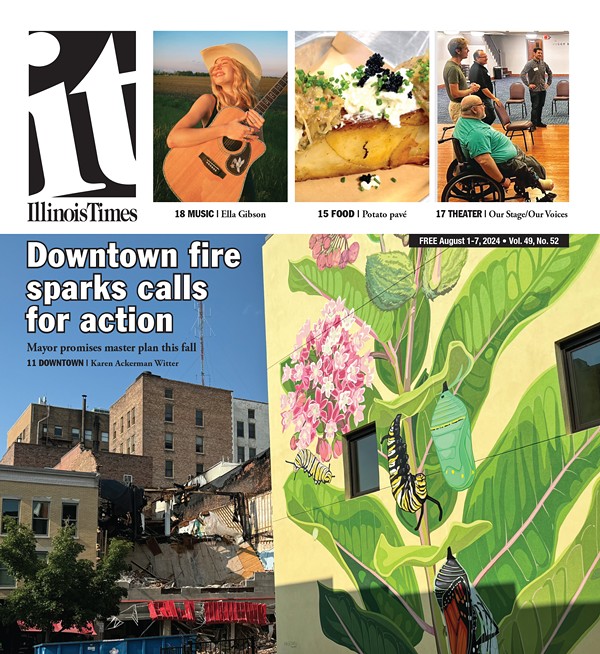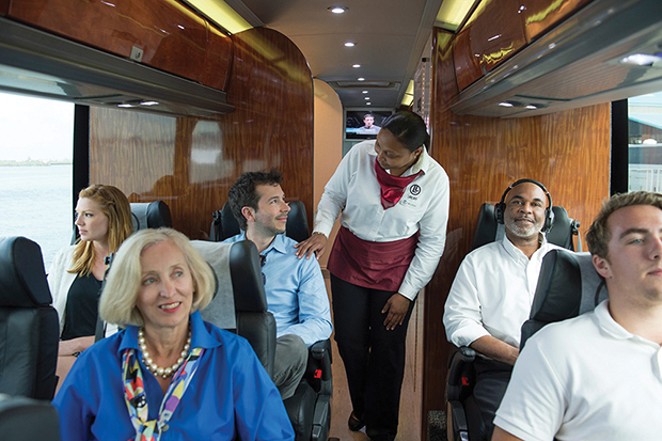
The Wall Street Journal last week made clear what folks who’ve been paying attention have long known: Passenger trains between St. Louis and Chicago aren’t living up to promises.
We were supposed to be zipping along at 110 mph by now. We’re not. Thanks to delays in installing safety gear aimed at keeping trains from hitting things and each other, speeds still top out at 79 mph, same as before the feds poured money into the rail corridor that runs through Springfield in the name of stimulating the economy and saving the earth. The trains don’t run on time. During the final quarter of last year, more trains departing Springfield were late than on schedule, with the average delay being 25 minutes.
It’s also not very convenient. Last Thursday, it wasn’t possible to buy a ticket from Springfield to Chicago for departure the next day unless you wanted to spend $344 for a sleeper. All other seats were sold. Seats also were scarce on Saturday, with nothing but sleepers available until 5 p.m., when one $55 seat was available. After that, a ticket cost $72. You had to wait until 7:30 p.m. if you wanted to ride for $24, the lowest fare that, apparently, you must reserve well in advance.
Train fans tell me that it’s better than before, but still. Between the feds and the state, we’ve spent, during the past decade, nearly $2 billion on the St. Louis-to-Chicago route. The state, according to the Wall Street Journal report, doesn’t expect a significant increase in ridership once the project is completed within the next year. On the plus side, ridership on Lincoln Service trains, which don’t go further than St. Louis or Chicago, has increased by 30 percent since 2007. Then again, ridership decreased slightly between 2017 and 2018, continuing a downward trend that began five years ago. In 2013, more than 655,000 rode Lincoln Service trains; last year, ridership dipped below 590,000.
The Journal asks the obvious: If passenger rail hasn’t taken off in a state with no mountains or oceans to avoid, where can it work? Not in California, which last month killed a high-speed rail project to link Los Angeles with San Francisco. You can do most anything given enough money, but $77 billion was too much for the Golden State, which once thought the line could be built for $13 billion. Instead of wasting what’s already been spent, the state says it will complete a 120-mile segment between Merced (population 82,000) and Bakersfield (population 380,000), two towns in obvious need of a bullet train, if only so you can leave quickly.
There’s a better, but perhaps not hipper, solution to our inter-state transportation woes: buses. Two companies, Greyhound and Megabus, offer service between St. Louis and Chicago, with tickets, available on short notice, costing as little as $22 and the trip taking between five hours, ten minutes (with one stop in Bloomington) and seven hours (with a half-dozen stops in various towns, including Springfield). The fastest train, presuming it’s on time, takes five-and-a-half hours to make the journey.
Of course, no one wants to ride a bus. They’re grimy and filled with bawling kids and drunken reprobates, right? Sometimes. Having taken Greyhounds between the West Coast and East Coast more times than I care to remember, I’ve seen buses populated by characters both colorful and, after three-plus days on the road, a bit ripe. But it doesn’t have to be that way.
A few years ago, I took a bus from Mexico City to Zihuatanejo, a 400-mile trip that takes more than eight hours. It was horrible, right? Wrong. The bus had spacious sleeper seats that folded down into beds. We were offered blankets and pastries and bottled water upon departure. The bus left at 10 p.m., and most folks were soon asleep. I awoke the next morning alongside the Pacific Ocean, a half-hour from my destination. It was the most relaxing road trip I’ve ever taken.
High-end buses also have caught on in the United States. Luxury buses, with leather seats, meal service and complimentary wine, carry folks between New York and Boston and also between the Big Apple and Washington, D.C. Fancy buses also run between Las Vegas and Los Angeles. There’s an outfit in Texas that ferries passengers in spacious coaches staffed by attendants. None of these bus companies get a dime from the government.
I wish we had such buses here. We’d have leg room. We wouldn’t have to worry about freight trains delaying journeys. If we’d left inter-city transportation to the private sector, perhaps we’d have a range of options, from the all-aboard joviality of It Happened One Night to tony motor coaches with limited seating and flat-screen televisions. We’d have to change mindsets, sure, but $2 billion would have bought a lot of PR. Instead, we spent the money on trains, and it’s hard to see how we’re better off.
Contact Bruce Rushton at [email protected].



